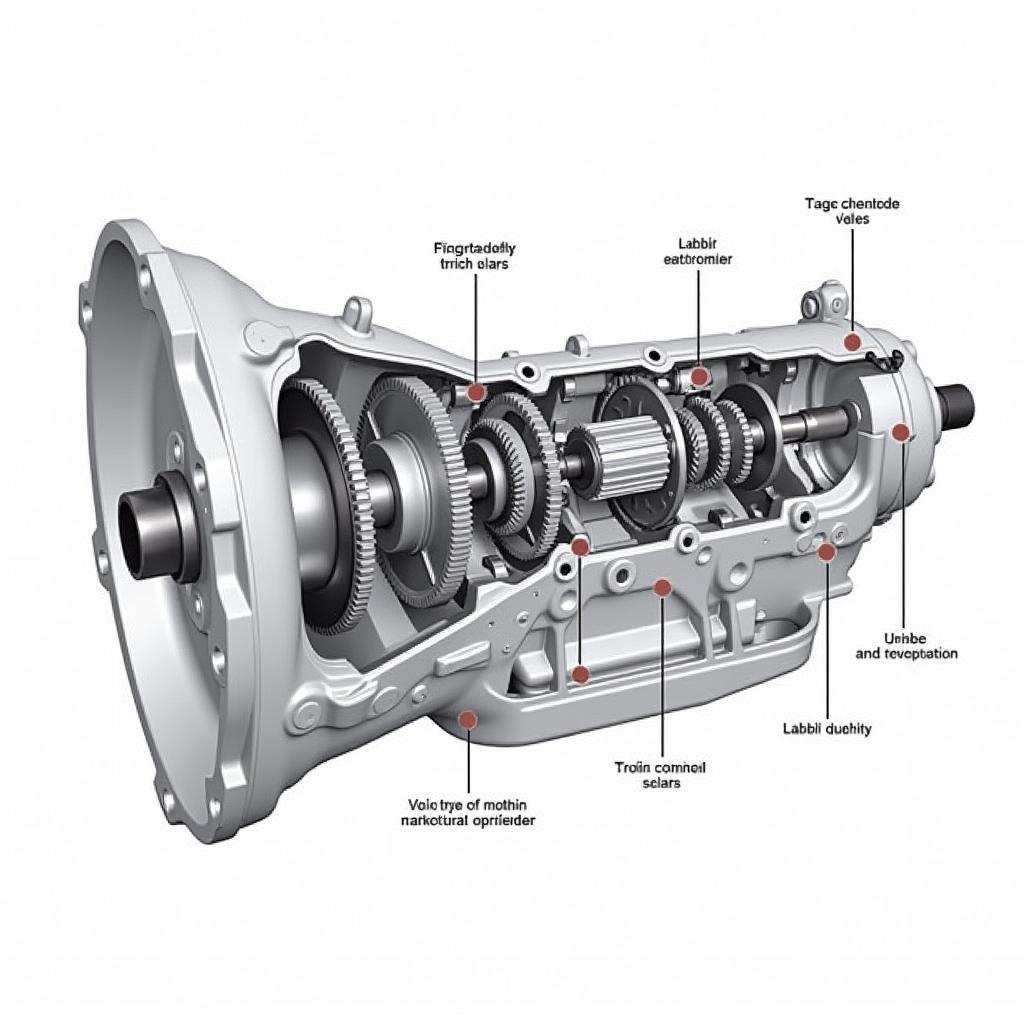The Asean Bac 2017 marked a significant year for the ASEAN Business Advisory Council, focusing on key initiatives to boost regional economic integration. This article revisits the highlights of ASEAN BAC 2017, examining its impact on the region’s business landscape and its contributions to the ASEAN Economic Community (AEC).
The council’s recommendations and initiatives played a crucial role in shaping the region’s economic trajectory, promoting cross-border trade, and fostering a more conducive environment for businesses to thrive. From promoting inclusive growth to tackling non-tariff barriers, the ASEAN BAC 2017 addressed a wide range of challenges and opportunities. This retrospective analysis will delve into the specifics of the council’s work, offering insights into its lasting influence on ASEAN’s economic development.
Key Initiatives of ASEAN BAC 2017
ASEAN BAC 2017 centered around several key initiatives aimed at furthering the AEC blueprint. These included promoting micro, small, and medium enterprises (MSMEs), enhancing regional connectivity, and facilitating greater private sector participation in infrastructure development. The council recognized the vital role of MSMEs as the backbone of ASEAN economies and advocated for policies to support their growth and access to finance.
Focus on MSME Development
Recognizing the importance of MSMEs in driving economic growth, ASEAN BAC 2017 prioritized initiatives to support their development. The council advocated for policies to improve access to finance, technology, and market information for MSMEs, empowering them to participate more actively in regional and global value chains. This included working towards harmonizing regulations and streamlining business registration processes to reduce bureaucratic hurdles. Furthermore, the council championed programs to enhance MSME competitiveness through capacity building and skills development.
Enhancing Regional Connectivity
ASEAN BAC 2017 emphasized the significance of improved connectivity in facilitating seamless cross-border trade and investment. This encompassed both physical infrastructure development, such as transportation networks and digital connectivity, as well as the harmonization of regulations and customs procedures. The council worked to identify and address bottlenecks that hindered the efficient movement of goods, services, and people across the region, thereby contributing to a more integrated and dynamic ASEAN market.
Promoting Private Sector Participation
The council also emphasized the importance of public-private partnerships in infrastructure development. By engaging the private sector’s expertise and financial resources, ASEAN BAC 2017 aimed to accelerate infrastructure projects crucial for regional connectivity and economic growth. The council facilitated dialogue between governments and businesses, creating platforms for collaboration and investment in key infrastructure sectors.
Addressing Challenges and Opportunities
ASEAN BAC 2017 also tackled critical challenges facing the region, including non-tariff barriers, trade facilitation, and the development of human capital. The council recognized that these issues posed significant obstacles to regional integration and economic progress. By working closely with governments and other stakeholders, the council sought to find practical solutions to these challenges and unlock the full potential of the AEC.
Tackling Non-Tariff Barriers
ASEAN BAC 2017 recognized that non-tariff barriers posed a significant impediment to seamless trade within the region. The council actively engaged with governments to identify and address these barriers, advocating for streamlined regulations and harmonized standards to facilitate smoother cross-border trade.
Facilitating Trade Facilitation
Streamlining customs procedures and promoting trade facilitation were key priorities for ASEAN BAC 2017. The council advocated for the adoption of modern technologies and best practices to simplify trade processes and reduce transaction costs, making it easier for businesses to engage in cross-border trade.
Developing Human Capital
Recognizing the importance of a skilled workforce in driving economic growth, ASEAN BAC 2017 emphasized the need for investments in human capital development. The council promoted initiatives to enhance education and training programs, equipping individuals with the skills needed to succeed in the increasingly competitive global marketplace.
A Lasting Legacy
ASEAN BAC 2017 left a lasting impact on the region’s economic landscape. By promoting dialogue and collaboration between governments and businesses, the council played a vital role in advancing the AEC agenda and fostering a more dynamic and integrated ASEAN economy.
Dr. Siti Nurhaliza, renowned economist and ASEAN expert, noted, “The work of ASEAN BAC 2017 laid a strong foundation for future economic growth in the region, paving the way for a more integrated and prosperous ASEAN.”
Mr. Tan Sri Anthony Francis Fernandes, a prominent business leader in Southeast Asia, added, “ASEAN BAC 2017 was instrumental in fostering a more business-friendly environment in ASEAN, facilitating greater private sector participation in the region’s economic development.”
Conclusion
ASEAN BAC 2017 served as a catalyst for regional economic integration. By focusing on key initiatives like MSME development, enhanced connectivity, and private sector participation, the council contributed significantly to the growth and prosperity of ASEAN. The council’s efforts in addressing challenges such as non-tariff barriers and trade facilitation helped create a more conducive environment for businesses to operate and thrive.
FAQ
- What is ASEAN BAC?
- What were the key initiatives of ASEAN BAC 2017?
- How did ASEAN BAC 2017 address non-tariff barriers?
- What was the role of ASEAN BAC 2017 in promoting MSME development?
- How did ASEAN BAC 2017 enhance regional connectivity?
- What was the impact of ASEAN BAC 2017 on the ASEAN economy?
- What is the future direction of ASEAN BAC?
For further information, explore related articles on our website, or contact us directly.
Need support? Contact us 24/7: Phone: 0369020373, Email: aseanmediadirectory@gmail.com, or visit us at: Thon Ngoc Lien, Hiep Hoa, Bac Giang, Vietnam.
